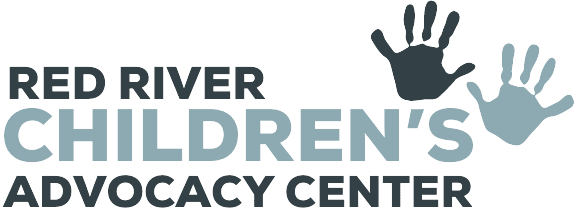Prevention Matters
The Stand To Protect is a community movement engaging every citizen in prevention. We will raise awareness, reduce risk, and create a safer and healthier future for our children. If you believe every child deserves to go to bed every night feeling safe, please join us.
Let’s Talk About It
At Red River Children’s Advocacy Center, we understand the importance of prevention when it comes to your lath and plaster needs. Our team of experts is here to provide you with the knowledge and solutions to prevent any issues from arising.
Child Sexual Abuse has no boundaries. It is deeply embedded cross culturally, spans economic and social classes and can touch any family. Childhood sexual abuse exists in our homes, schools, and communities. One in 10 children are currently estimated to experience sexual abuse before the age of 18. In Cass and Clay counties, that is 5,146 kids. And yet, incidents are grossly under-reported because sexual abuse exists as a silent and hidden epidemic. Abuse occurs and goes undetected.
The social, health, and economic impacts cause concern for our community; yet citizens are unaware that they, the tax payers, bear the majority of the costs. All the negative impacts are preventable if we can stop abuse from happening in the first place. Education on preventing child sexual abuse can and will thrive in our community.
A movement has begun in our community. Our goal is to mobilize our entire community to break the silence. Together, we can end it.

Is There A Typical Offender?
There is no physical profile of a typical abuser. Perpetrators represent a diverse group of people; however, the majority are male. They often know the victim and their family and can look or act like everyone else.
90% of abusers are someone the victim knows and trusts.

The Signs
The national center for Victims of Crime states the perpetrators may use grooming behaviors to gain the trust of a child and their guardians in order to gain access to a victim and create a relationship that is grounded in secrecy to lessen the chance of disclosure. Although any one sign may not indicate a grooming pattern, it is important for adults in our community to recognize these behaviors if they are happening.
The grooming process can include:
Gaining Access To Children
A potential perpetrator may seek out opportunities to be around children in order to identify a vulnerable victim.
Gaining Trust
A relationship is created allowing the perpetrator to act as a trusting, caring and safe adult. Gaining trust may mean that the perpetrator is getting to know what the child likes, giving the child extra special attention or gifts. They may also seek out opportunities to gain the trust of the family.
Finding 1 to 1 Time
A potential perpetrator will seek out opportunity to be alone with a child. This could include offering to babysit, giving rides to the child, or simply spending time in another room where there aren’t other children and adults present.
Introducing Touch
The touching may start out as seemingly playful. Roughhousing and wrestling with a child may be a way for a perpetrator to introduce touch. The touching may turn into “accidental” touching that is not overtly sexual. Gradually, the touching can be more and more sexualized.
Prevention Tools
Use The Correct Terms For Body Parts
Pet names for private parts can be confusing and may indicate that those body parts are shameful. Knowing the correct terms for body parts also allows a child to communicate a disclosure.
Identify 5 Trusted Adults
It is important to help a child identify people in their life that they can go to if they feel hurt, scared or confused. Help them think about different people they can talk to in different settings.
Talk About Healthy Sexuality
Talk about it with children and teens! Discussing healthy sexuality, healthy boundaries and healthy relationships opens up a line of communication between you and your child and can also reduce the risk of sexual violence.
Limit One To One Times
Try to limit the situations in which your child is alone with an adult without any supervision. Private lessons, practices and overnight trips could all be opportunities to ask about supervision and one on one interactions between adults and children.
Ask Organizations About Their Policies
It is our responsibility as community members to check into the policies an organization has in place to help better protect our children. Next time you are at a practice, lesson, after-school program or your child’s school, ask if you can see what policies they have that can help prevent harm to your child.
